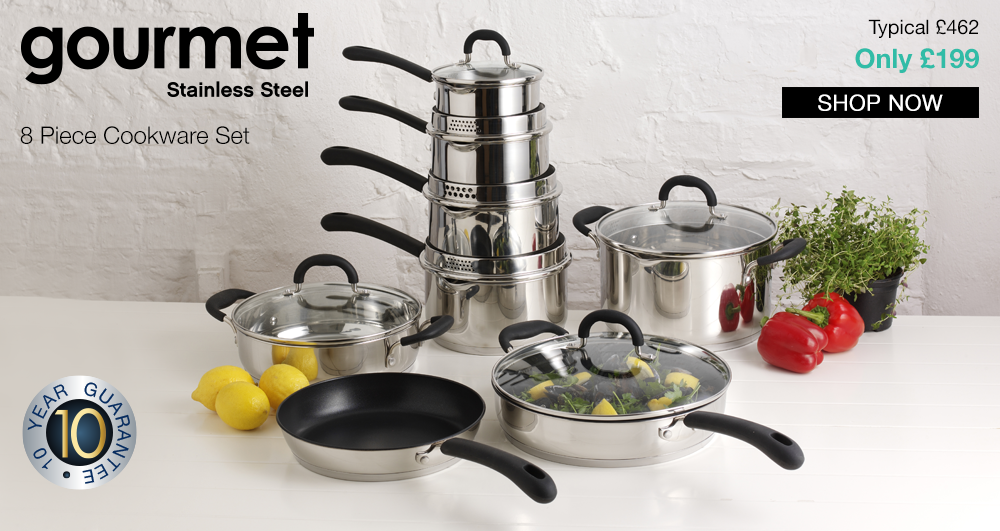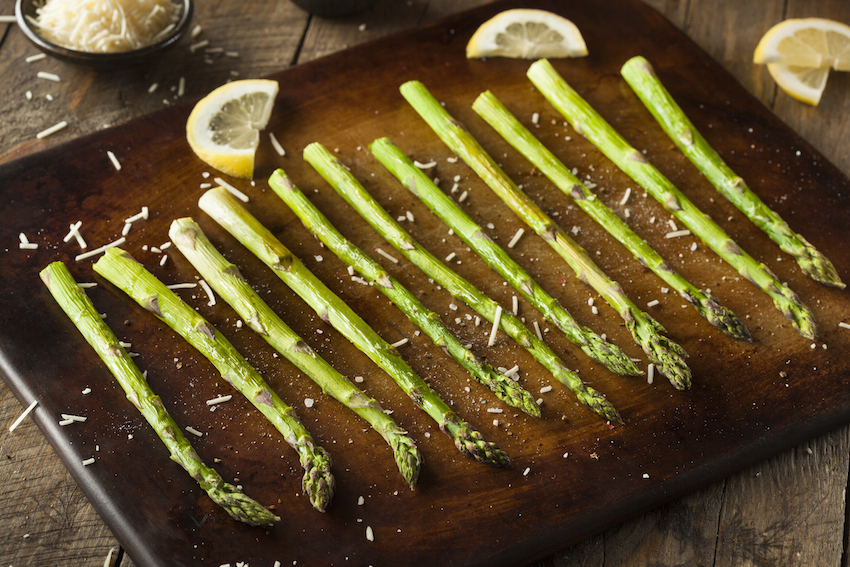When you are cooking up culinary treats in the kitchen, you want to be able to use The Best Pots And Pans possible for what you can afford. Stainless steel cookware could be the answer you are looking for as it is durable, versatile and perfect for amateur and professional kitchens alike!
What do you need to look out for when buying stainless steel?
The price is usually the first thing you look at, buy within your means; you don’t want to have to re-mortgage the house to get a good set of pans!
The quality of stainless steel is based on a ratio of chromium and nickel. 18/10 stainless steel the best and ‘the one’ to look out for as, unlike 18/0 or 18/8 stainless steel, it has added benefits including being very hardwearing and rust resistant.
Sadly, stainless steel is not considered the greatest conductor of heat. Because of this, many cookware makers will ‘clad’ cookware. This is a tri-ply construction technique that uses aluminium and sandwiches it between two layers of stainless steel. This allows fantastic heat conduction and improved cookware!
ProCook designs, manufactures and supplies 3 different ranges of stainless steel cookware at 3 great, better, best prices.
Gourmet Steel Cookware
Built to offer incredible strength and versatility at an amazingly low price the Gourmet steel Cookware range is made from the highest quality stainless steel and will never tarnish or discolour.
With a 4mm encapsulated base they boast even heat distribution across the base and each pan features a stay-cool silicone handle which is riveted for extra strength.
The Saucepans benefit from a useful strain & pour design that involves each pan having pouring lips on either side of the pan, making them suitable for both left and right handers. And toughened heat-resistant glass lids with steel rims and large and small draining holes to safely drain contents.
What do you need to look out for when buying stainless steel?
The price is usually the first thing you look at, buy within your means; you don’t want to have to re-mortgage the house to get a good set of pans!
The quality of stainless steel is based on a ratio of chromium and nickel. 18/10 stainless steel the best and ‘the one’ to look out for as, unlike 18/0 or 18/8 stainless steel, it has added benefits including being very hardwearing and rust resistant.
Sadly, stainless steel is not considered the greatest conductor of heat. Because of this, many cookware makers will ‘clad’ cookware. This is a tri-ply construction technique that uses aluminium and sandwiches it between two layers of stainless steel. This allows fantastic heat conduction and improved cookware!
ProCook designs, manufactures and supplies 3 different ranges of stainless steel cookware at 3 great, better, best prices.
Gourmet Steel Cookware
Built to offer incredible strength and versatility at an amazingly low price the Gourmet steel Cookware range is made from the highest quality stainless steel and will never tarnish or discolour.
With a 4mm encapsulated base they boast even heat distribution across the base and each pan features a stay-cool silicone handle which is riveted for extra strength.
The Saucepans benefit from a useful strain & pour design that involves each pan having pouring lips on either side of the pan, making them suitable for both left and right handers. And toughened heat-resistant glass lids with steel rims and large and small draining holes to safely drain contents.









